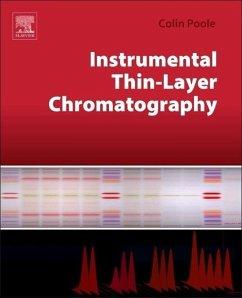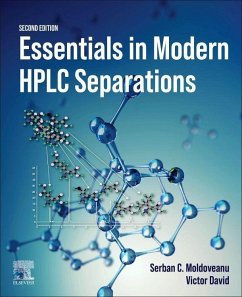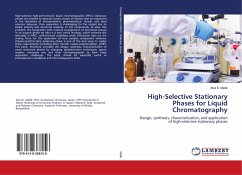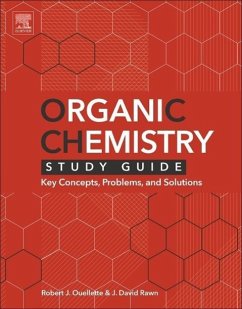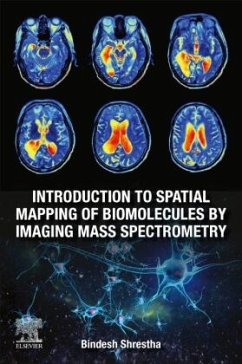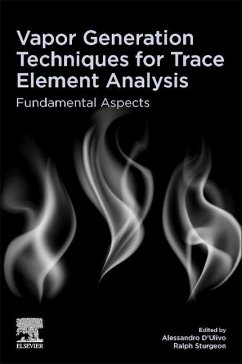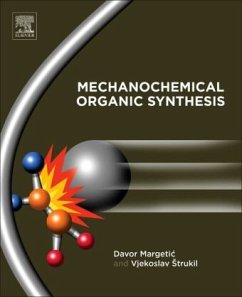
A Practical Guide to Gas Analysis by Gas Chromatography

PAYBACK Punkte
66 °P sammeln!
A Practical Gas Analysis by Gas Chromatography provides a detailed overview of the most important aspects of gas analysis by gas chromatography (GC) for both the novice and expert. Authors John Swinley and Piet de Coning provide the necessary information on the selection of columns and components, thus allowing the reader to assemble custom gas analysis systems for specific needs. The book brings together a wide range of disparate literature on this technique that will fill a crucial gap for those who perform different types of research, including lab operators, separation scientists, graduate...
A Practical Gas Analysis by Gas Chromatography provides a detailed overview of the most important aspects of gas analysis by gas chromatography (GC) for both the novice and expert. Authors John Swinley and Piet de Coning provide the necessary information on the selection of columns and components, thus allowing the reader to assemble custom gas analysis systems for specific needs. The book brings together a wide range of disparate literature on this technique that will fill a crucial gap for those who perform different types of research, including lab operators, separation scientists, graduate students and academic researchers.
This highly practical, up-to-date reference can be consulted in the lab to guide key decisions about proper setup, hardware and software selection, calibration, analysis, and more, allowing researchers to avoid the common pitfalls caused by incorrect infrastructure.
This highly practical, up-to-date reference can be consulted in the lab to guide key decisions about proper setup, hardware and software selection, calibration, analysis, and more, allowing researchers to avoid the common pitfalls caused by incorrect infrastructure.




